Two-minute review
What happened to the Galaxy S11? Samsung skipped a few numbers for its latest Galaxy S20, which takes over the flagship mantle from 2019’s Galaxy S10. While it may be a confusing jump, there’s good reason for it, as Samsung has packed a lot in: it's a massive upgrade, especially if you’re keen to get your first 5G phone.
The Galaxy S20 is cheaper, and easier to handle, than the Galaxy S20 Plus and gargantuan Galaxy S20 Ultra, but that doesn’t mean this is a cheap or low-spec device.
Jump to…
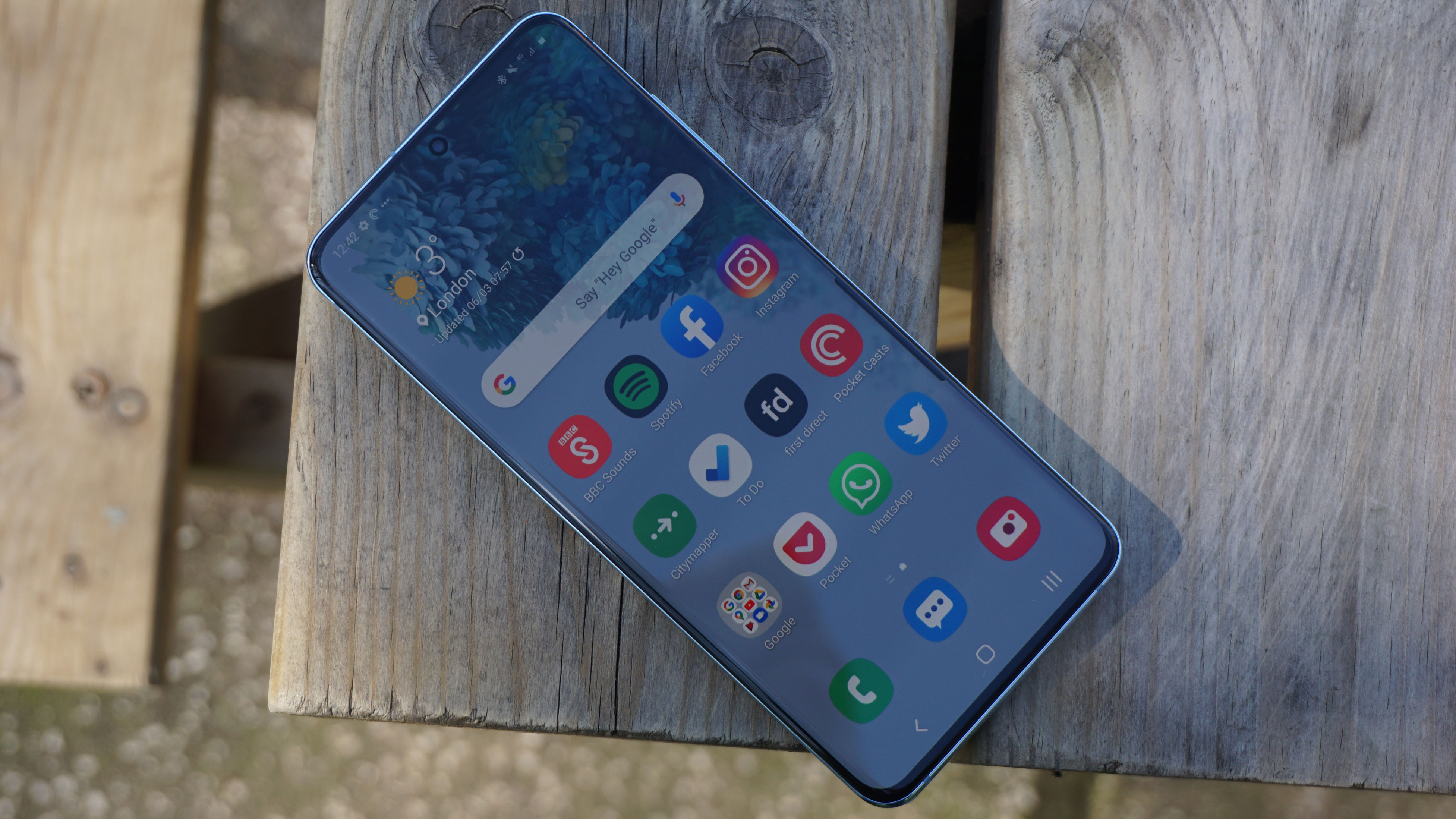
Price and release date
Design and display
Cameras
5G
Performance
Battery
Should I buy it?
Here's what you're getting: a 6.2-inch screen with a fast 120Hz refresh rate, 5G download speeds (where available), high-spec cameras on both sides of the phone, and a big battery to boot.
This is the phone to get if you want to try out the new tech that Samsung has to offer, but you don’t want a large phone, or a large dent in your wallet. You could go for the Ultra if you want more storage or a 108MP camera, and can stretch to the price tag, but for day-to-day use the S20 is going to be the best choice for most people.
Under the hood is a powerful new chipset, either a Qualcomm Snapdragon 865 or Exynos 990 (where you live will determine which you’ll get) as well as either 8GB or 12GB of RAM, depending on whether you buy the 4G or 5G phone. And some people will only be able to buy the 5G phone – you can read on below to find out which versions are available in your region.
The camera is another highlight of this phone, with Samsung boosting a lot of specs on the rear array. All three main cameras have been improved (including increased pixel sizes to improve night time photography by allowing more light in), and there are also a few software tweaks to improve the overall experience.
The telephoto lens is even better than the one on the Galaxy S10 too, allowing you to shoot high-quality 3x optical zoom shots or stretch all the way to a 30x digital zoom. The Galaxy S20 Ultra has higher camera specs overall, but most people will be more than satisfied with the shooter on this phone.
Another highlight of the Galaxy S20 is its 4,000mAh battery. It’s larger than the cell in the S10, and we’ve found the battery life to be strong with typical use – this phone isn’t going to last you much longer than one day of normal use, but what smartphone does?
The expanded capacity has had one negative consequence: it’s squeezed out the headphone jack. It's the same story with the S20 Plus and S20 Ultra, and it's the first time Samsung has dropped the feature from its S range.
The Galaxy S20 is missing some of the top-end features that the Galaxy S20 Ultra is showing off, but it’s more affordable, and easier to hold or store in your pocket, and while it may not be the most impressive device from Samsung in 2020, it’s a powerful phone that will more than satisfy most who buy it.
Want to read more about what we think of the Galaxy S20? Read on below:

Samsung Galaxy S20 release date and price
Brace yourself: you’re going to pay more for the Galaxy S20 than the Galaxy S10 due to its 5G upgrade, improved cameras and larger 6.2-inch 120Hz display.
In the US, UK and Australia the Galaxy S20 5G price at launch is $999 / £899 / AU$1,499 for the version with 128GB of storage and 12GB of RAM. You can add extra storage with a microSD card up to 1TB, but if you want 256GB or 512GB of internal storage you’ll have to buy the S20 Ultra.
The phone is also available in a 4G version in some markets, including the UK, Australia and UAE, priced at £799 / AU$1,349 / AED 3,199 for 8GB of RAM and 128GB of storage.
If you live in the US, you'll only be able to get a 5G variant unless you're willing to import the device. We've used the 5G variant for the purpose of this review, but if you wanted to opt for the cheaper 4G version (if it's available where you live) the specs are largely the same aside from connectivity.
That 4G phone aside, the addition of 5G means you're paying more for this year's base model than for the base-model S10. In the US at least, the flagship inherits the Galaxy S10 Plus launch price – $100 more than the base-model S10. It also matches the $999 iPhone 11 Pro launch cost in the US, although Apple’s phone has a smaller 5.8-inch display, and that price gets you just 64GB of storage.
- Ready to buy? These are the best Samsung Galaxy S20 deals today
Design and display
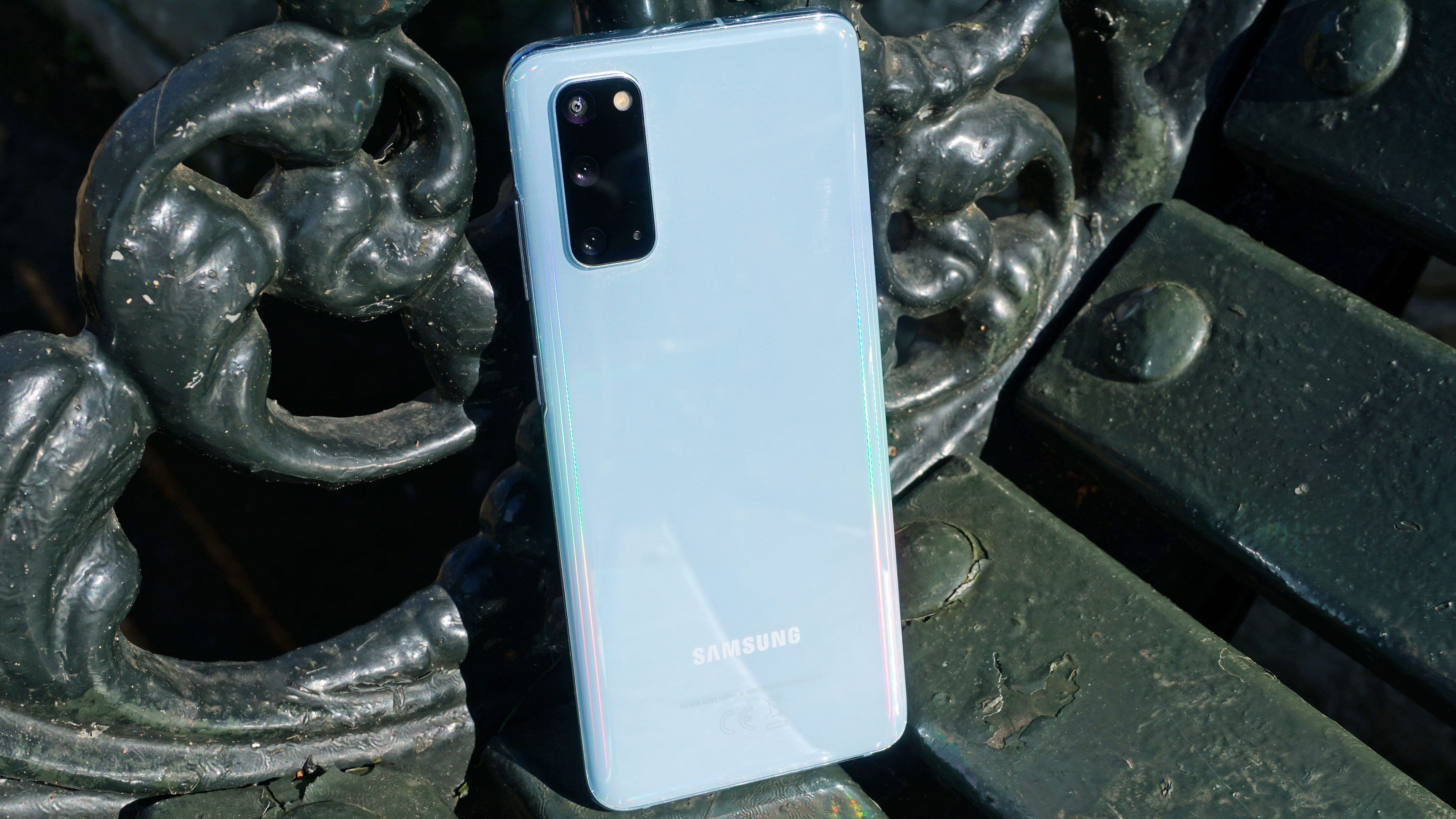
The Samsung S20 has a 6.2-inch display, offering exactly 0.1-inch more screen real estate than 2019’s 6.1-inch S10. It doesn’t dramatically change the overall size of the phone, and its max resolution remains the same as that of recent Samsung Galaxy S models at WQHD+ (3040 x 1440).
Samsung is still offering a default resolution of Full HD+ (2220 x 1080), which looks more than sharp enough for most tasks, and saves battery; you’ll need to head into the settings to switch to the higher resolution.
A big upgrade for the Galaxy S20 is the maximum 120Hz refresh-rate display. This is double the rate at which the display refreshes on most phones, including previous Samsung devices, and what it means in practice is smoother scrolling and animations.
This is particularly pertinent when you’re mobile gaming as it allows for a more immersive experience and could even give you the edge over an opponent, but it makes everyday things like scrolling through your social media feeds look smoother too.
This isn’t the first time we’ve seen this on a smartphone - both the Asus ROG Phone 2 and Razer Phone 2 feature similar tech - but this is arguably the first time we’ve seen it on a mainstream device.
The new 120Hz refresh rate isn’t WQHD+-compatible though meaning you have to pick whether you want the higher resolution display or the faster loading picture.
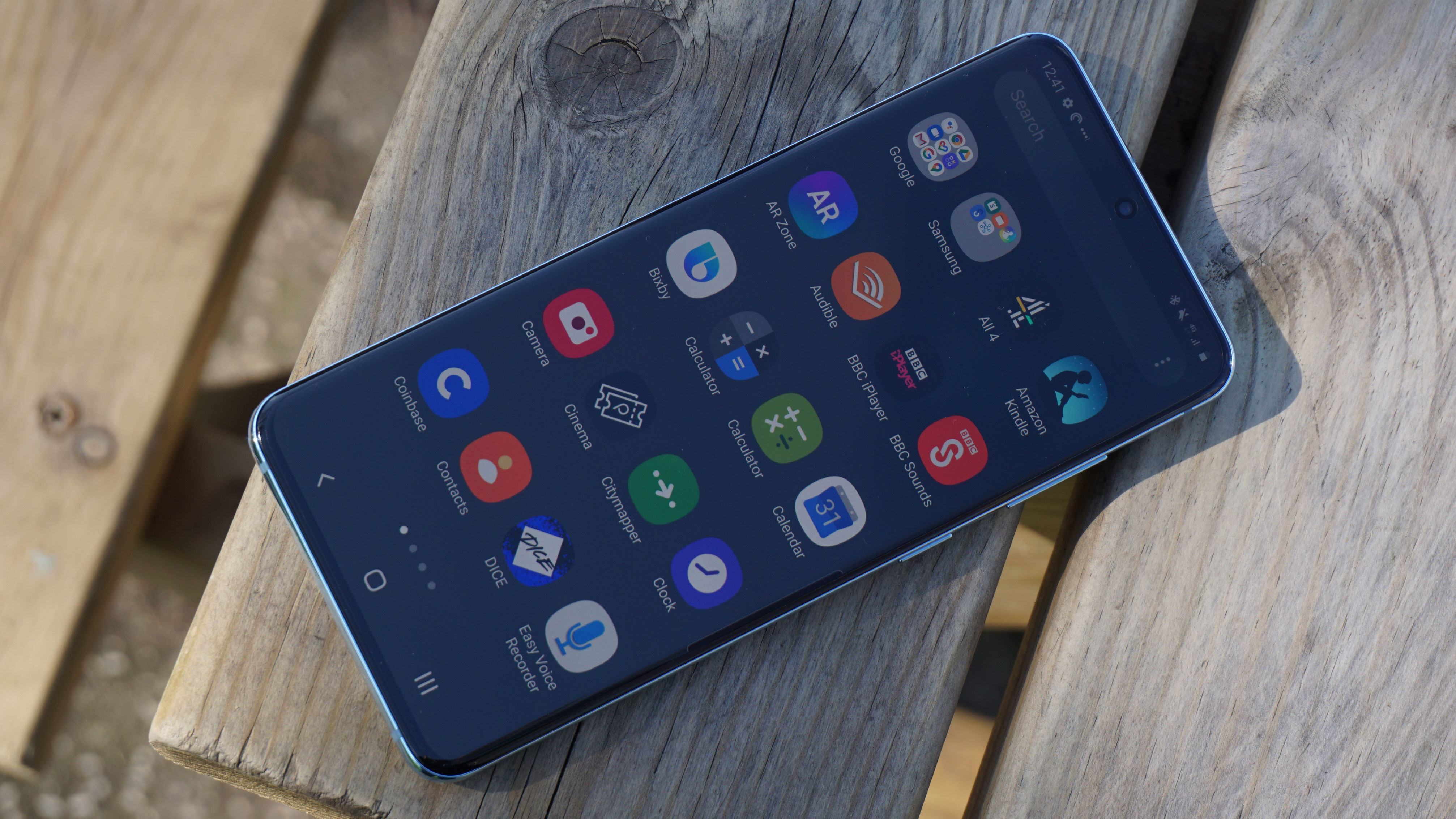
Touch-sensitivity is also upped, to 240Hz from 120Hz to make games more responsive, by sensing your finger brushes on the screen at a much higher rate than previously. This isn’t something we found noticeable when we were using the phone, but those more dedicated to their mobile gaming may find that it makes a difference.
We know an increase in screen size might be off-putting for some (there’s pent-up demand for smaller one-hand-friendly phones), and we have good news and bad news about that. First the good news: while the S20 is taller than the S10, it’s also a little narrower, with a 20:9 aspect ratio, and the screen is only marginally bigger.
Here’s the bad news: there’s no Galaxy S10e sequel (that was the smallest, and cheapest, of the S20 range) to offer those with smaller hands a 5.8-inch display size.
The S20 is as small as Samsung’s 2020 S phones get, and while we appreciate the smaller front-facing camera punchole and return of HDR10+ to the display for punchier and more detailed images when gaming and watching movies, a bit of screen size diversity would be even more welcome.

The Galaxy S20 has one of the best screens available on a smartphone right now, and if you’re after a top-end phone screen that doesn’t overwhelm your pocket you’re sure to like the 563 pixels per inch this phone offers.
The rest of the Samsung Galaxy S20 sports a familiar look, with two pieces of glass sandwiching an aluminum frame. There’s still a curve to the right and left edges of the screen, but it’s not as pronounced as on the S10, which will hopefully mean fewer accidental presses along the edges of the display.
The S20 phones are the first in the S range not feature a 3.5mm headphone jack. That means you’ll have to use an adapter (which isn’t included in the box) with your current 3.5mm wired headphones, or get a pair with a USB-C connection.
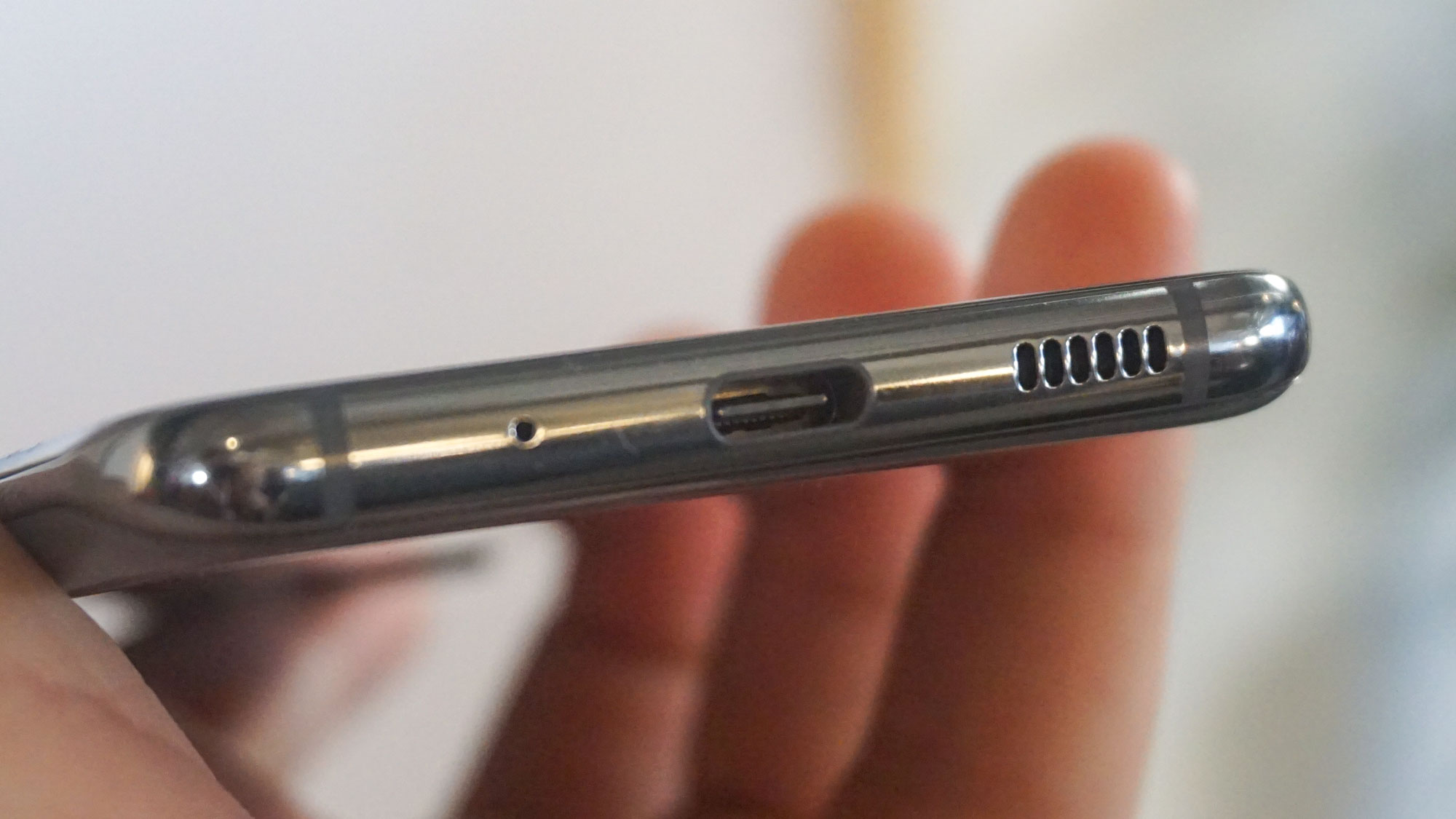
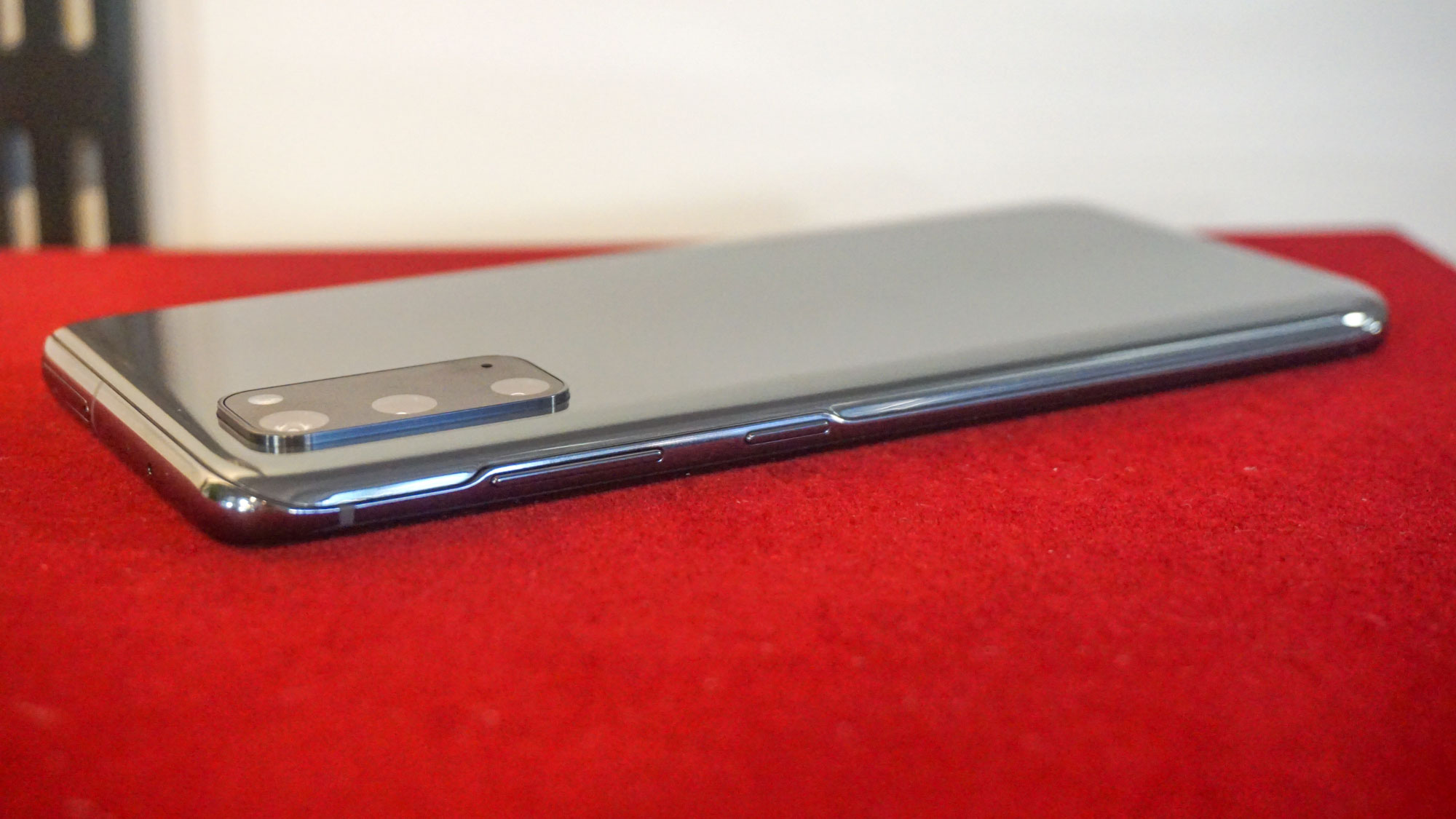
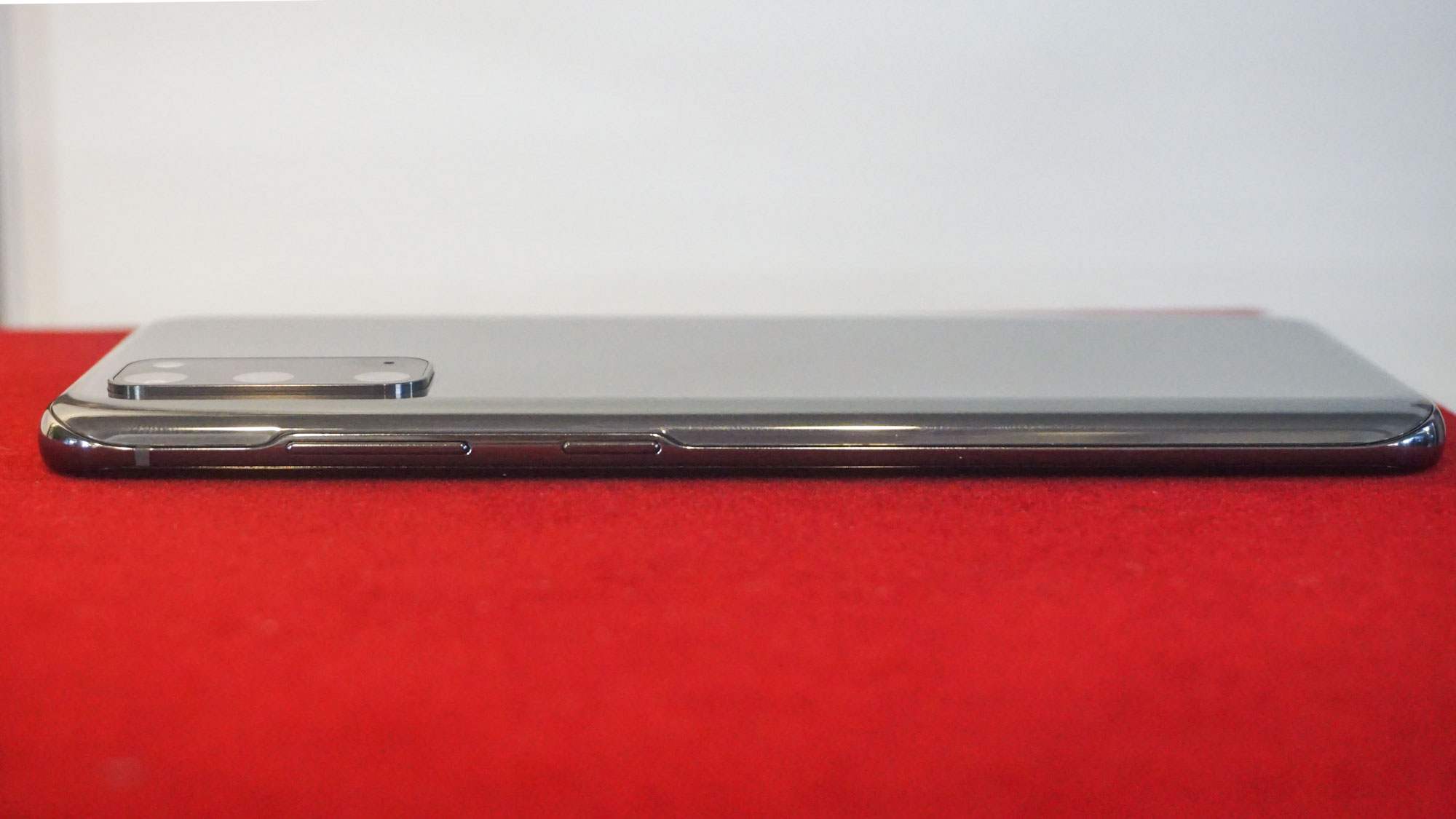
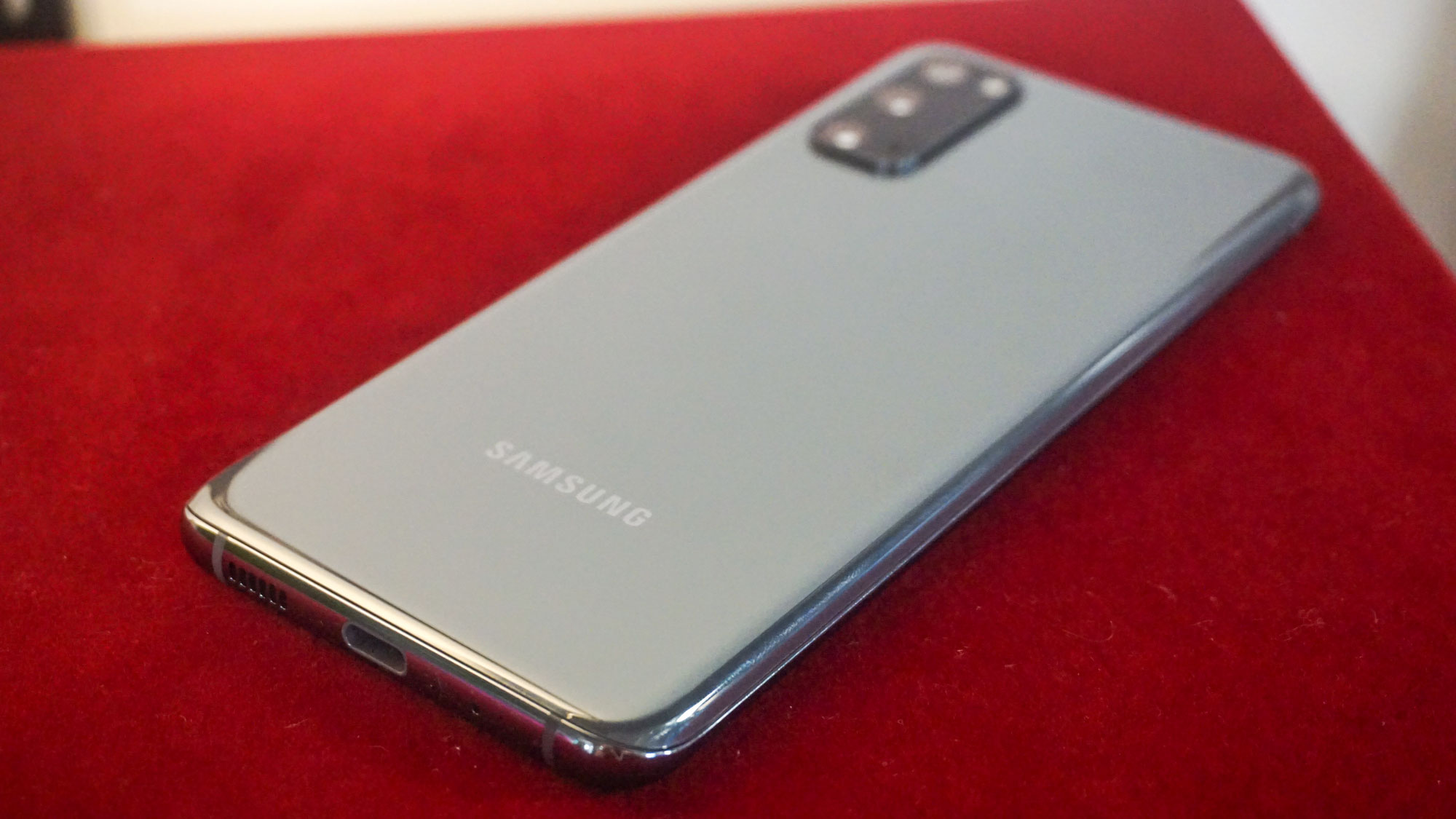
This is the case with a lot of flagship phones now, and while it may disappoint some, the feature is less of a deal-breaker with more and more of us using wireless and true-wireless headphone and earbuds – and of course Samsung has you covered with its own Galaxy Buds and Galaxy Buds Plus.
The rear of the phone is made of glass, but it feels more premium than ever. The raised camera bump is our main pain point, but it’s something that Samsung has had to do in order to include all that camera tech. It does mean the phone will rock from side to side if you place it flat on a surface though.
There are five Galaxy S20 colors in total, but not all of these are available in every market. The options are Cloud Blue (the handset pictured most in this review), Cosmic Gray, Cloud Pink, Cloud White and Aura Red.
Those in the US and Australia are only able to choose from the Cosmic Gray, Cloud Blue and Cloud Pink options at launch, but you may also be able to find the others at a later date. Those in the UK are able to get all three colors above, and the Cloud White version came to that market at a later date.
It’s worth pointing out that there aren’t any bold color choices here, and these are all relatively subdued options compared to the Galaxy S10 color range. The Aura Red is perhaps the boldest color choice, but that's one of the harder to find versions of the handset.
As on the S10 range, the fingerprint scanner is embedded in the display. We found this to be faster and more reliable than the option on the Galaxy S10, but it isn’t perfect with us regularly having to retry our digits on the reader to be able to access the phone.
This isn’t a major issue, but if you want to quickly unlock your phone you may want to bear in mind that in our experience a quick PIN code entry can sometimes be quicker than using the scanner.
Camera
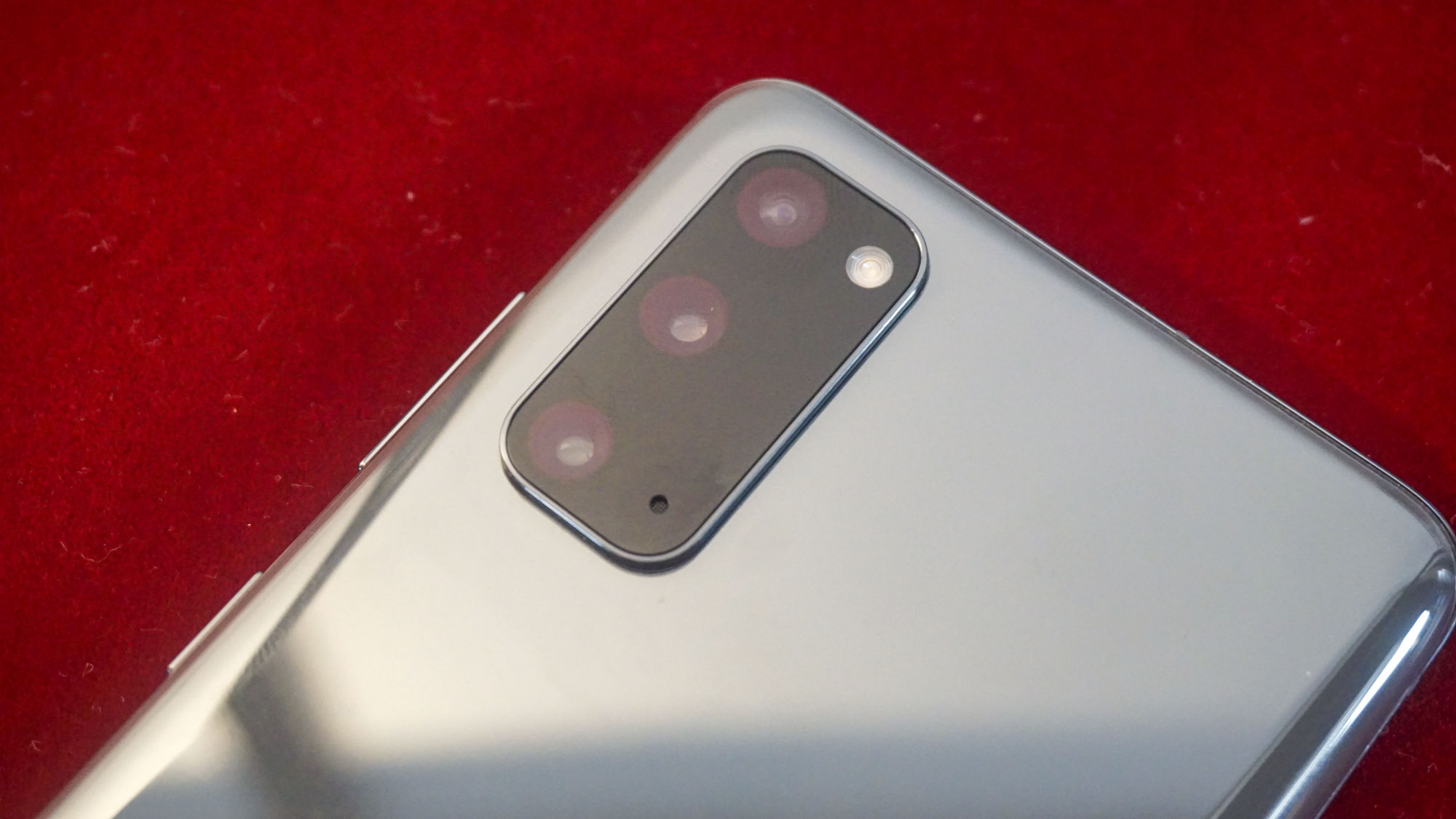
Samsung has made some important steps forward with the camera setup on the Galaxy S20 when you compare it to the Galaxy S10, but not all of the improvements are reflected in the stats you see in the spec list.
We think it’s best if you take the plethora of number-heavy camera specs with a pinch of salt, and instead consider what they mean in terms of the photos you can capture. Otherwise the S20 cameras could look like a downgrade compared to previous Samsung devices, and that’s far from the case.
The main camera, which remains 12MP, has an f/1.8 aperture. That’s theoretically inferior to the S10’s f/1.5 + f/2.4 dual aperture, which changes to suit the lighting conditions with the ‘wider’ f/1.5 setting pulling in more light for improved low-light shots.
However, Samsung has increased the size of individual pixels here, from 1.4 microns to 1.8 microns. Combined with the larger sensor, you should be able to capture more detail and more light with the Galaxy S20’s main snapper, and we found that to be the case when shooting in darker scenarios.
There’s also a new 64MP telephoto camera, which may sound like a huge upgrade over last year’s 12MP telephoto camera. Here the individual pixels are smaller than last year’s camera, but the megapixel count is far higher and the aperture is wider (f/2.0 instead of f/2.4 – smaller numbers are better).
It’s a positive result overall, allowing for 3x lossless zoom that’s the best we’ve seen on a smartphone so far. There’s also 30x digital zoom if you need it, and while this isn’t lossless we found it to be useful in some scenarios.
Below you can see our examples of the zoom in action:



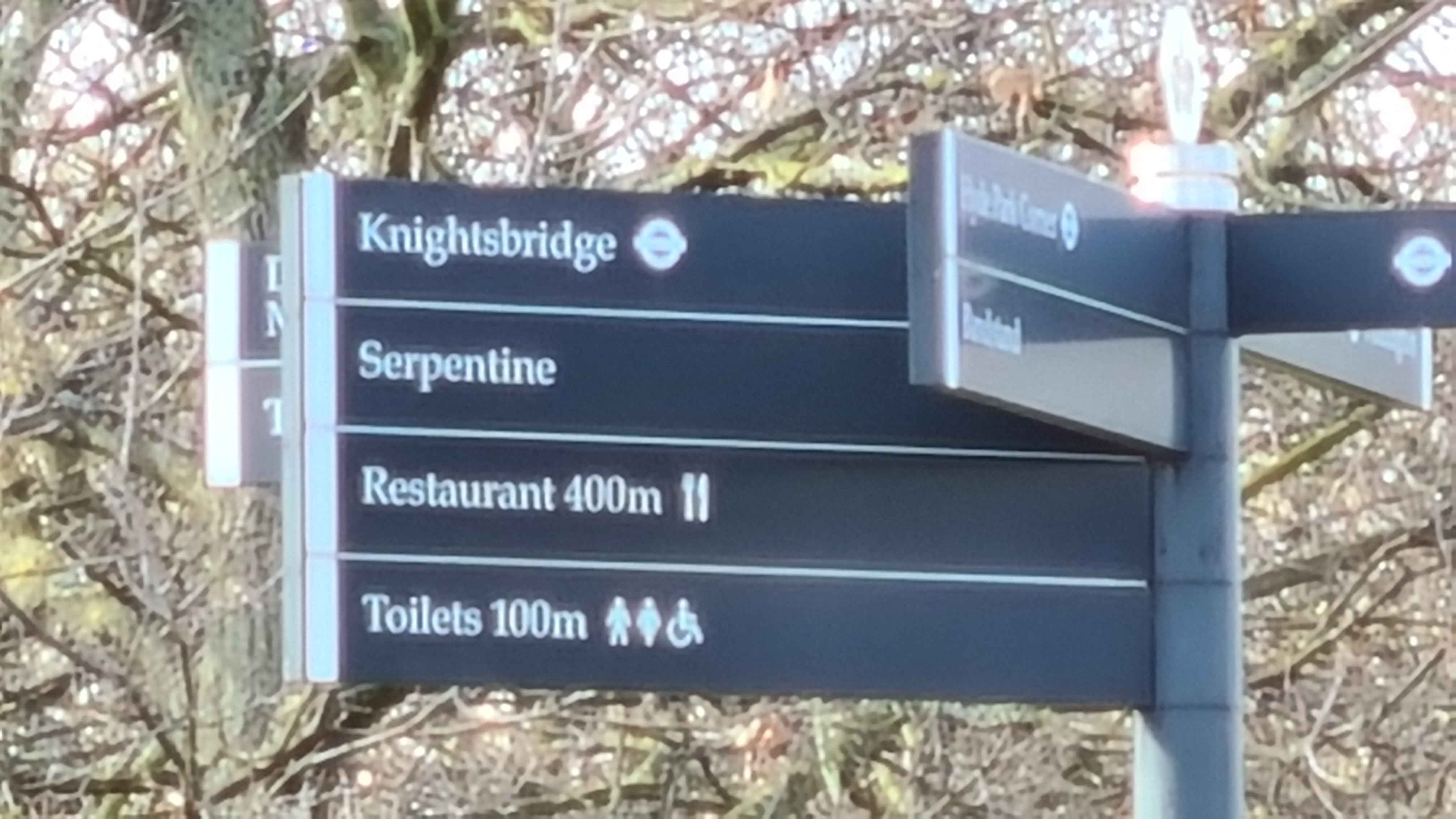
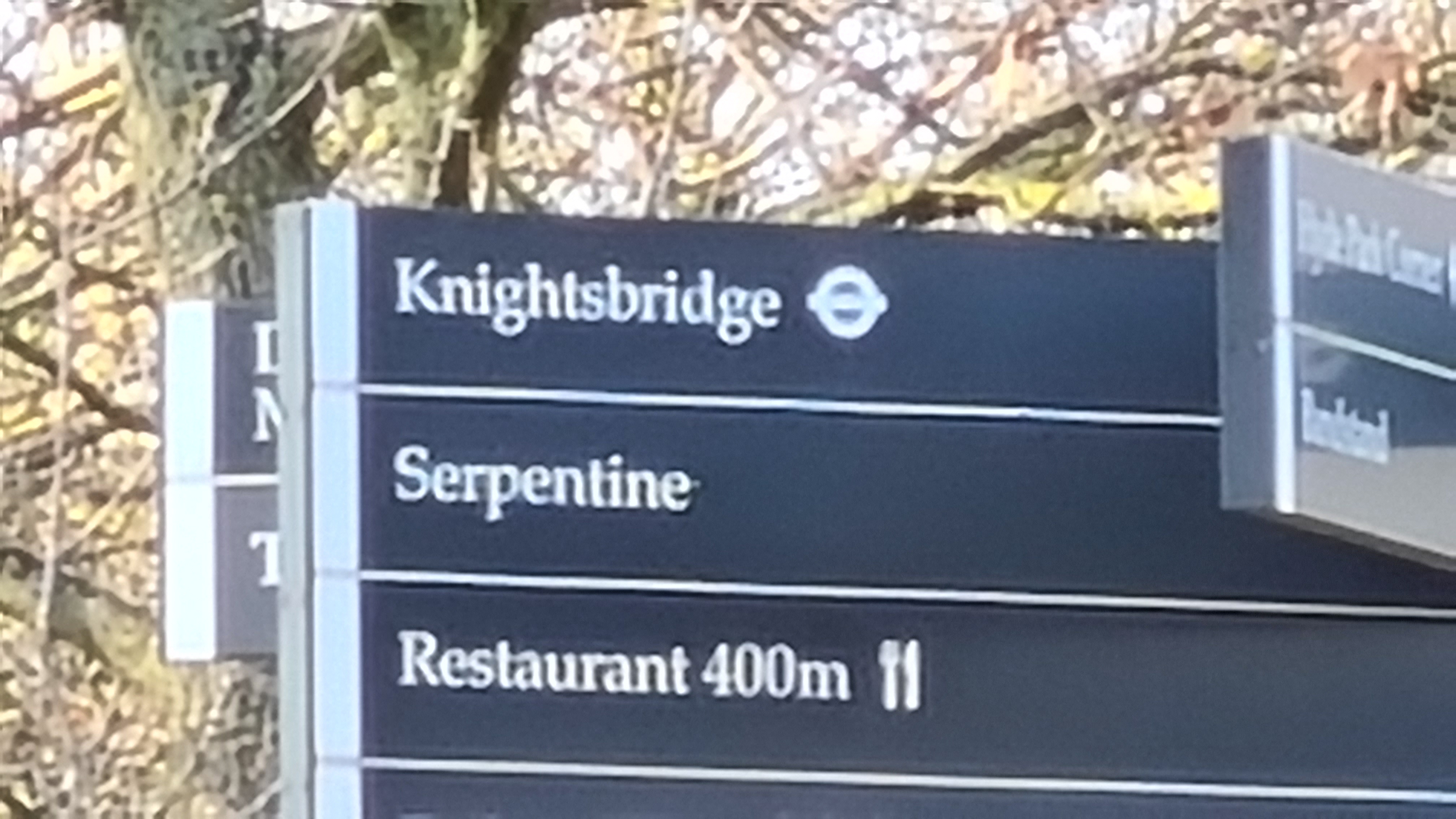
If you need the ultimate in zoom capability the Galaxy S20 Ultra comes with a game-changing 100x zoom, but it’s unlikely that you’ll find much use for that in everyday shooting, and we found 30x to be more than enough.
The Galaxy S20’s 12MP ultra-wide camera has changed the least compared to the S10 – the f/2.2 aperture is the same, but it has a smaller sensor with larger pixels (1.4 microns over last year’s 1 micron). That makes your ultra-wide photos a touch better, even if the S10 had a 16MP ultra-wide camera.
We found all the cameras to work brilliantly well, and if you’re shooting in the automatic mode you’re sure to be impressed with the results. You can see some of the shots we’ve taken below:
The Galaxy S20 Plus and Ultra both have a time of flight sensor that is missing from this phone. Even without it, the S20 is well capable of taking some fantastic-looking photos.
The S20 range also breaks new ground with the introduction of 8K video recording, and anti-roll correction (up to 60 degrees) as part of Samsung’s Super Steady stabilization feature.
You can’t, however, use both this higher resolution and Samsung’s advanced stabilization tech at the same time – Super Steady is still strictly a 1080p affair (it doesn’t even work in 4K).
While 8K recording is limited to 24fps, it has one big benefit: you’re able to crop and edit videos without sacrificing quality if you’re exporting to 4K or 1080p.
8K is a feature that’s still in its infancy on smartphones, and we imagine that most people will be happy shooting at 4K or below, where you get more control over frames per second, 20x video zoom (8K is stuck at 6x zoom), and smaller files (8K footage will eat about 600MBs per minute in the HEVC format).

If you do decide to shoot in 8K, you can hit the camera button when you're recording to take a 33MP still image. This should be useful if you want a high-quality snap while you're already filming video.
Samsung’s robust-yet-easy-to-use camera app continues to be the best among smartphones, thanks to new and returning features. We continue to like the fact that you can swipe anywhere on the screen to flip between the front and back cameras, make a hand gesture to trigger the selfie camera timer, and double-press the physical lock button to blindly launch the camera app.
New here is Single Take mode, which cycles through all three rear cameras over the course of 10 seconds to capture a variety of photos and videos. It answers the ‘Should I take photos or a video?’ dilemma with ‘Why not take both?’
You end up with photos, ultra-wides, portraits, hyperlapse video, regular video, and so on, and we’re big fans of this feature – not every shot or clip is perfect, but it kept us out of the settings menus and more engaged with what we were trying to snap, and it changed the way we shot photos.
Camera samples

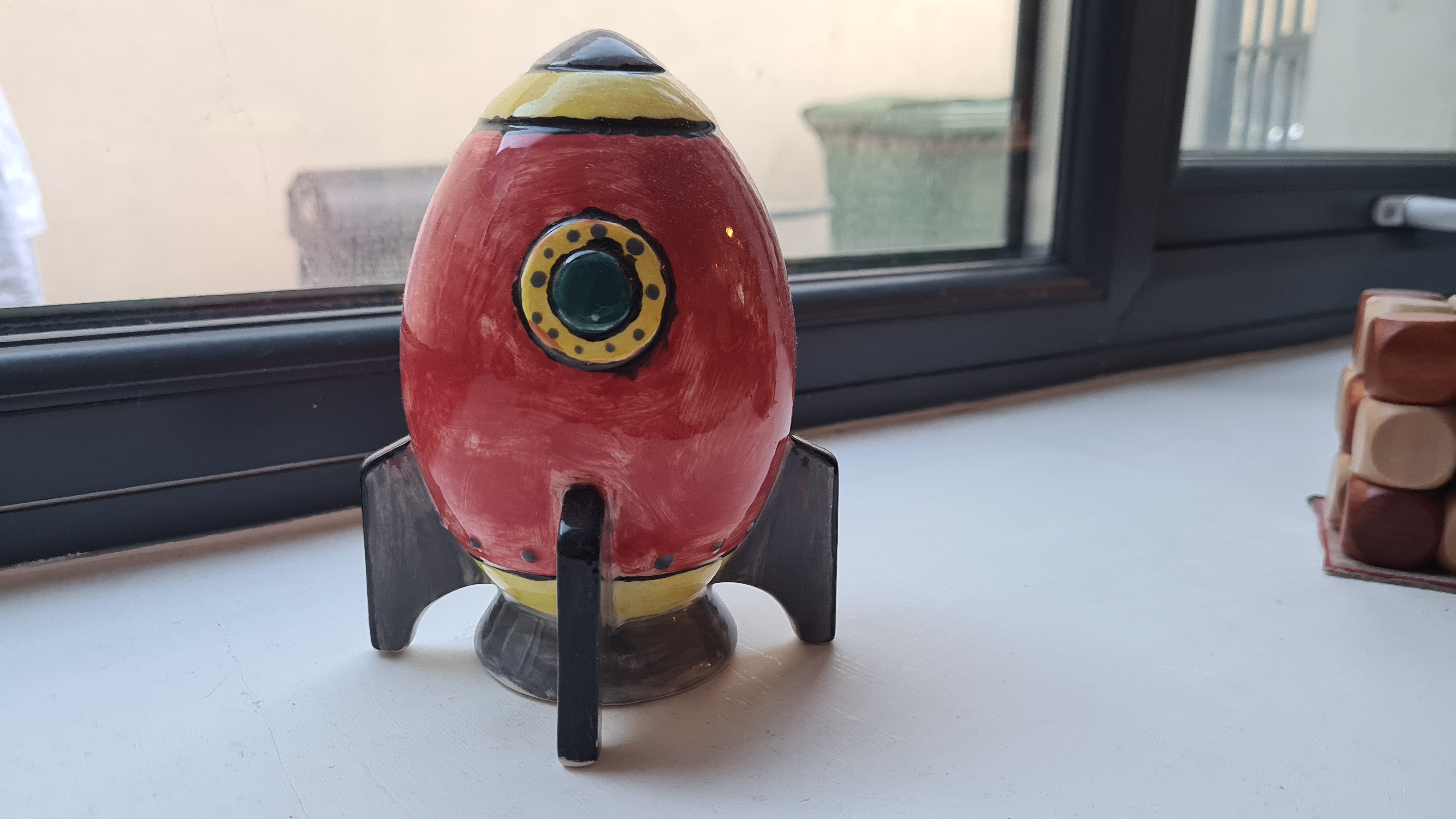





5G
The Galaxy S20 is the best first chance for mainstream consumers to get 5G on their smartphone. Only 1% of smartphones that shipped in 2019 were 5G phones, and most of those were expensive variants of 4G flagships.
The S20 is largely 5G by default – as mentioned, in some markets you can buy a 4G version of the phone, but 5G is the norm, and download speeds will hover at around 200Mbps on average, 6x greater than 4G speeds in some parts of the world.
This does, of course, depend on 5G being available in your area from your provider, but even if it isn’t yet, Samsung is baking in the future-proofed connectivity.
There’s an important distinction between the 5G capabilities of the Galaxy S20 on one hand, and the S20 Plus and Ultra on the other. While all three support the low-to-mid-band sub-6 technology, only the Plus and Ultra have mmWave antennas, which pull down even faster speeds.
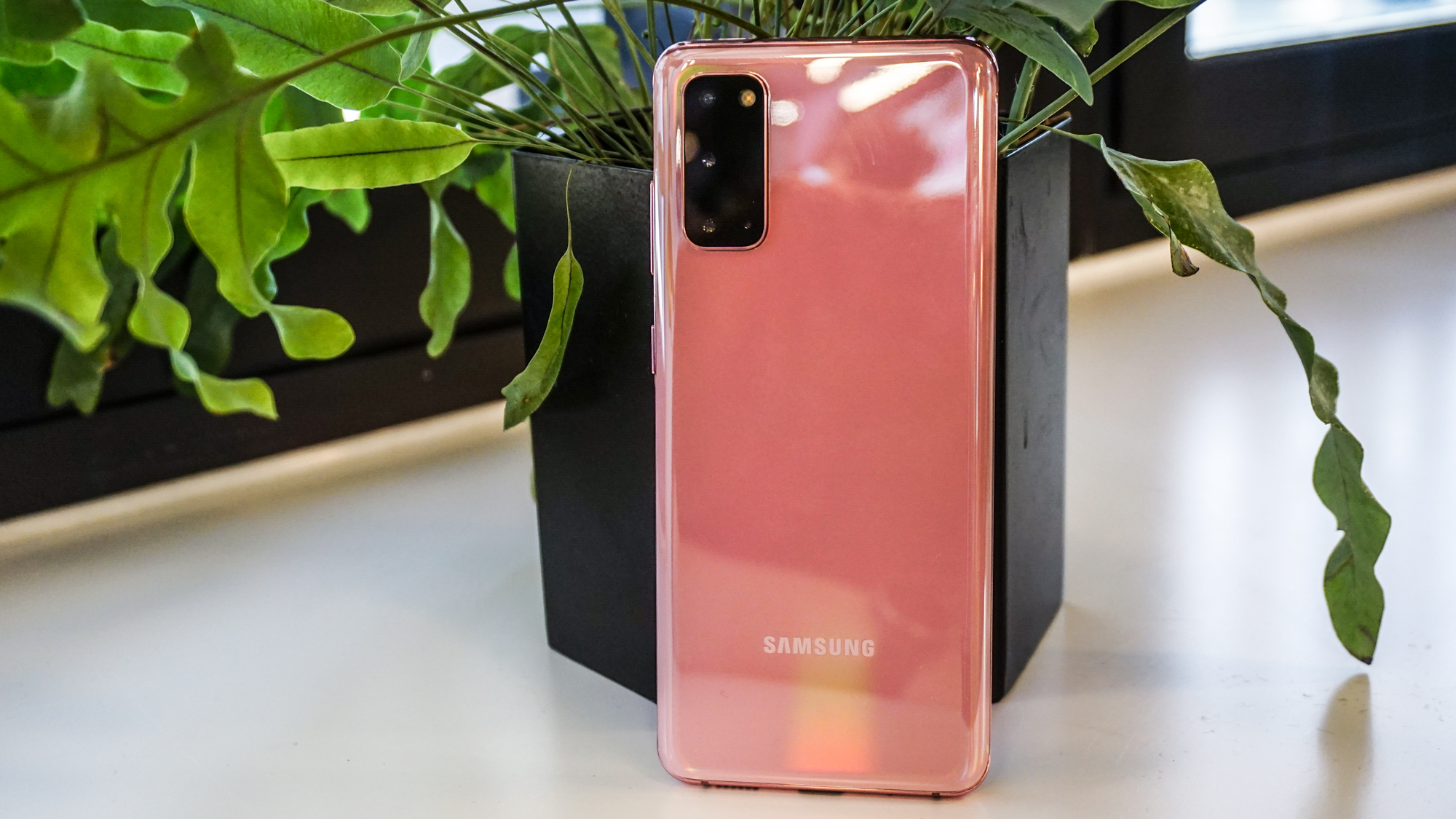
The range of mmWave is limited – so you’ll need to be relatively close to a transmitter in order to get a signal –, but we were already getting 1.4Gbps in May 2019 when we tested mmWave 5G in Chicago on Verizon’s newly rolled-out 5G network, using a different device.
So while the S20 is fast (although we’ve not yet been able to hook up to a 5G connection while testing the phone, so we’ve not been able to run our own speed tests), its bigger siblings will be faster if your carrier supports mmWave.
Sub-6 speeds should be good enough for most people – although Verizon customers in the US should note that it’s an mmWave-exclusive carrier, and so the S20 won’t be sold at Verizon stores.
Performance and software
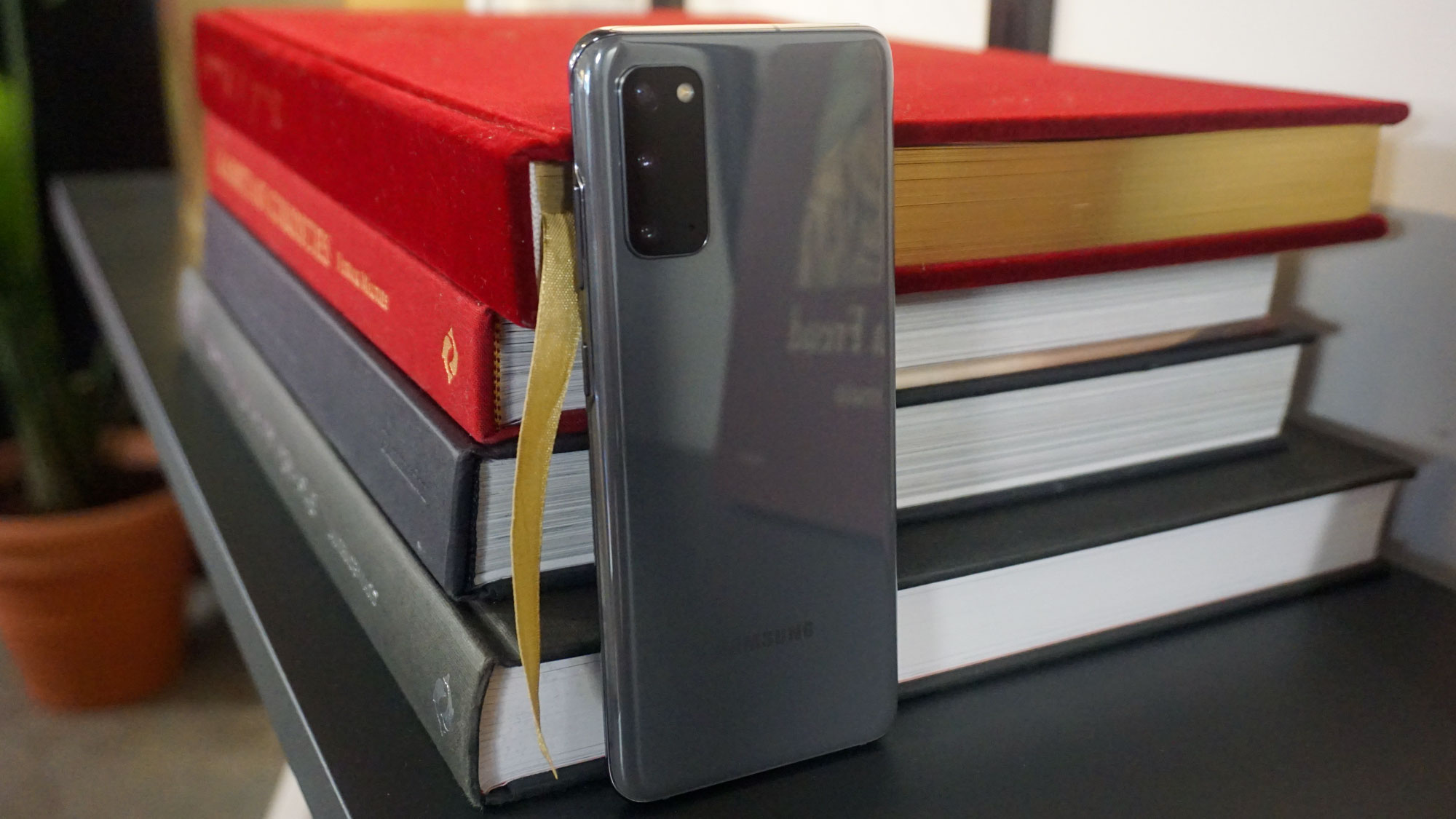
The Galaxy S20 is powered by one of two different chipsets, and where you live will decide which version you’re getting. If you’re in the US you’ll get Qualcomm’s top-end Snapdragon 865 chipset, while those around the rest of the world get Samsung’s similarly high-end Exynos 990.
This review is based on our time with the Exynos 990 version of the phone. We’ve yet to fully test the Snapdragon 865 version of the S20, but we have tested the Galaxy S20 Plus running that chip and we had no complaints.
As to the Exynos 990-powered S20, we’ve experienced outstanding performance throughout our testing. It’s powerful enough to do everything we need it to, whether that’s playing games or loading apps quickly.
On Geekbench 5, the Exynos 990 version of the phone averaged a multi-core score of 2699. That’s quite a bit below the Exynos 990 Galaxy S20 Plus, which scored 3034, and the Snapdragon 865-powered S20 Ultra, which scored 3286.
The S20 is scoring far higher than the S10 5G from 2019, which returned an average result of 2197, and the OnePlus 7T Pro, which scored 2584. These scores won’t mean a lot for the average user, but it’s a positive result for the Galaxy S20, and we found that it was reflected in day to day use.
The 5G variant of the phone we tested comes with 12GB of RAM. It may be that some tasks will run a little slower on the 4G version, as that only has 8GB of RAM, but plenty of flagships ‘only’ offer 8GB, and we’d still expect strong performance from that phone.
We haven’t encountered any issues with the power on tap in the Galaxy S20, but when we’re able to properly test the Snapdragon 865 version of the device we’ll be sure to update this review with our findings.
The Galaxy S20 is running Android 10, and we'd expect it to get the upgrade to Android 11 later in 2020 to the latest version of Google’s operating system. Samsung’s own One UI is overlaid, so it’ll look different to the software you may have used on other Android phones that aren’t made by Samsung, but the design is attractive and it’s easy to use.
Samsung includes a lot of its own apps on the device, but if you don’t want these on your phone you can delete most of them and stick with Google’s own pre-loaded options.
You’re limited to just 128GB of storage on the Galaxy S20 – there isn’t a more capacious option. This should be more than enough space for the average user, but if you’re planning to shoot lots of 4K video you’ll likely want to make use of the microSD card slot.
The Galaxy S20 supports cards up to 1TB – if you need even more internal storage, you’ll want to opt for the Galaxy S20 Ultra or Galaxy S20 Plus that offer 256GB and 512GB options.
Battery life
If there’s one thing we know about 5G it’s that the super-fast internet technology is a battery hog, and with that in mind Samsung has equipped the Galaxy S20 with a 4,000mAh power pack, a notable increase over the 3,400mAh capacity on the S10.
That’s certainly paid off, as we’ve found the Galaxy S20 to have solid battery life that will easily see you through a full day of typical use – in fact we’d often get home after a day of what we’d consider to be fairly heavy use to find the phone still had 20% or so left in the tank.
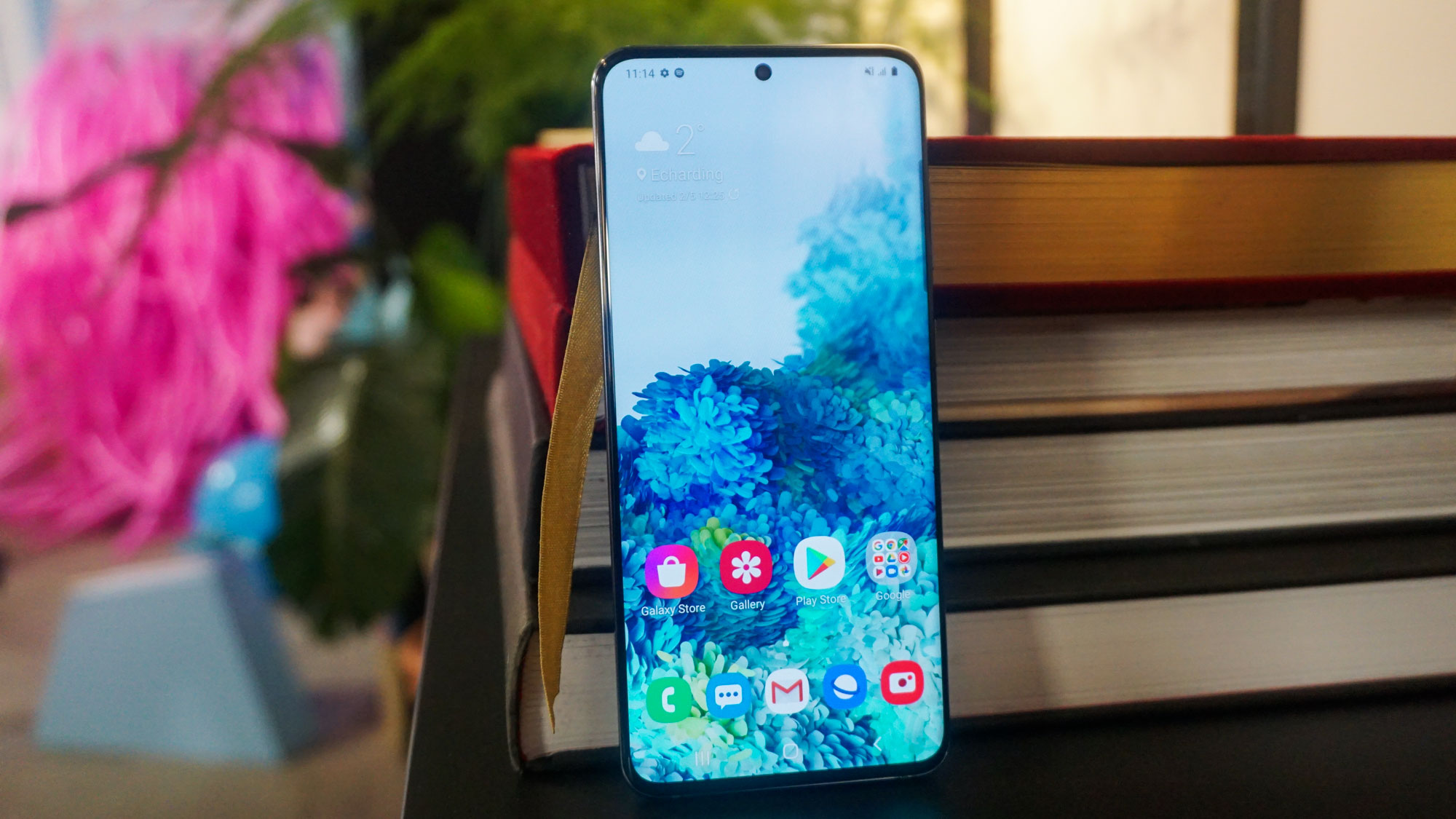
There was the odd occasion where we noticed the battery life was being drained quickly, but that was with particularly intensive use – for example when we were using the phone with a high brightness and the 120Hz refresh rate turned on, so if you’re taking full advantage of the screen tech on offer here you might not want to stray too far from your charger.
Samsung’s fast-charging feature works well – if you have the right charger setup you can get from zero to 100% in under an hour. There’s also 15W wireless charging on offer, and while it’s not as fast as the wired variety it’s always a useful option to have.
Like last year’s S10 handsets, the S20 range features Samsung’s reverse wireless charging feature, which enables you to use your S20 to charge other gadgets that support Qi charging.
For example, if you have a pair of Samsung’s Galaxy Buds Plus wireless buds you’ll be able to charge these on the back of your phone, and you could also lend your juice to a friend’s compatible phone, although note that this will drain your own battery particularly quickly.
Should I buy the Samsung Galaxy S20?
Buy it if…
You want your first 5G phone
The 5G version of the Samsung S20 is the perfect jumping-on point for anyone who wants to be futureproofed in terms of connectivity. It’s not something that’s essential for most users right now, but it’s something you’re likely to appreciate as 5G networks become more ubiquitous.
You want a flagship that’s easy to hold
You’ll often find that more power in a smartphone means a larger device, but that isn’t the case with the Galaxy S20, which we found comfortable to handle. Not everyone will be capable of using this phone with one hand, but it’s the closest you’ll get on a flagship Samsung phone.
You want a top-end camera, but you don’t need 100X zoom
The Samsung Galaxy S20 Ultra has a couple of show-stopping features in the shape of its 108MP main camera and 100x zoom, but you shouldn’t turn your nose up at the rear cameras on the Galaxy S20. The auto mode works fantastically, and we got some truly impressive shots from the phone.
Don’t buy it if…
You’re on a budget
The 4G variant aside, you’ll be paying more for the Samsung Galaxy S20 than for last year’s Galaxy S10. If you want to be future-proofed with a 5G version of the handset (and that’s your only choice in markets like the US) then this is an expensive device.
You want a big upgrade from the S10
While there are some impressive upgrades here from Samsung, it may not be enough to persuade you to trade in your Galaxy S10. If you own last year’s phone it’s unlikely you’ll be blown away by the improvements; this is a handset that’s more likely to tempt those new to Samsung devices, or those upgrading from the Galaxy S8 or S9.
You want a 3.5mm headphone jack
It finally happened: this is the first Samsung Galaxy S handset that doesn’t come with a 3.5mm headphone jack. If you’re desperate for a connector that will play nice with your wired headphones, this won’t be the device for you, although there are enough alternative options that this shouldn’t be a deal-breaker for most people.
First reviewed: March 2020
from TechRadar: Technology reviews https://ift.tt/2DatOXU
No comments:
Post a Comment